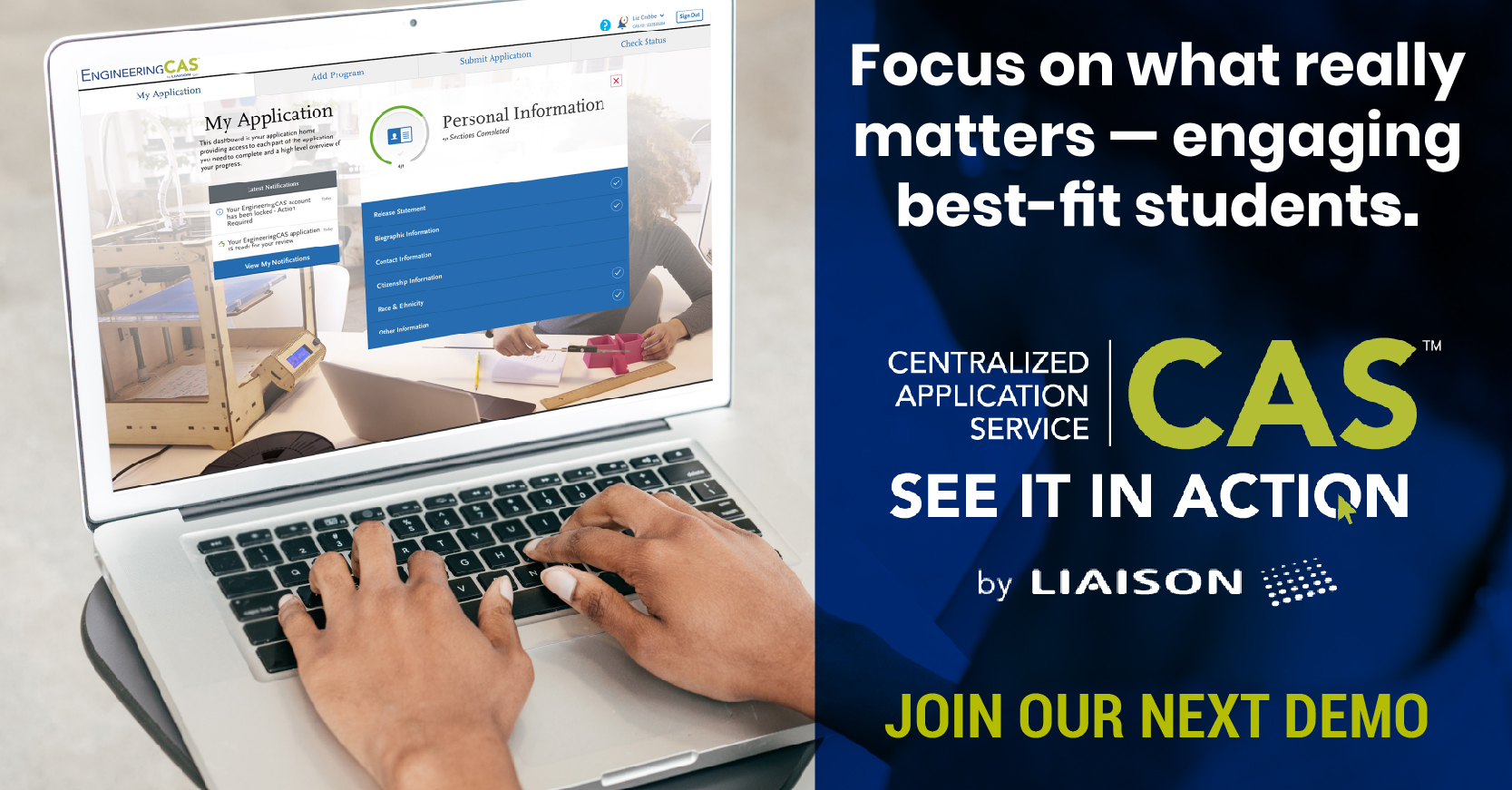Navigating change: strategies for higher education leadership
For those in higher education leadership, navigating rapid change is a fast-approaching challenge. What are some strategies to navigate these changes to create a learning experience that leaves no one feeling short-changed? “We have the creativity of thousands of professors and administrators all thinking about how to solve our challenges. We don’t want to say no students. We want to say, ‘Yes, and here’s how,’” said Jorge Mata, Technology Project Manager for the Los Angeles Community College District (LACCD). The 10 recommended areas to consider include safety, investment for biggest impact, focusing on campus readiness, catering to on campus and distance students, centralizing and standardizing the IT function, acting on analytics, learning from others, considering logistics and brand and creating solutions for students coming from a variety of situations to create equity.
Source: eCampus News
Adoption of new technologies on the rise
The latest EDUCAUSE Horizon Report has identified the trends, technologies and practices shaping teaching and learning in the wake of COVID-19. The report noted that adoption of blended or hybrid models has accelerated over the last year. “Institutions and instructors previously resistant or indifferent to tools such as videoconferencing, team-based platforms and virtual classrooms have come to rely on those tools as essential ingredients in their work,” the report pointed out. Increased use of new technology brings with it the need for faculty buy-in, training and support for faculty development. The report also identified the most important trends in social, economic, environmental and political areas.
Source: Campus Technology

Addressing post-pandemic effects on student health
In a new Student Voice survey, conducted by Inside Higher Ed and College Pulse and presented by Kaplan, 44% of students report getting less physical exercise than before the pandemic, with loss of motivation being the primary reason identified for one-third of that group. 45% have fallen into less structured eating routines, and 38 percent have regularly missed meals. 41 percent are getting less sleep, 54% have experienced headaches and 46% have experienced neck or shoulder pain.“Schools are recognizing the value of working toward a healthier campus environment that supports being physically active and making better choices with food,” says Mary Hoban, Chief Research Officer at the American College Health Association, which surveys students each fall and spring. The survey also reveals how much students agree that their college cares about their physical health. Nearly half agree either somewhat or strongly, while one-third are neutral and about one in five disagree.
Source: Inside Higher Ed
State funding’s relationship to graduation rates
A new report by the State Higher Education Executive Officers Association examined the relationship between state funding and graduation rates and college credentials awarded. The study found that 42 states decreased appropriations for public colleges’ operations between 2001 and 2019, after adjusting for inflation. However, 34 states increased money for student grant aid during the same time period. One study the report analyzed found that an increase in state money has a slightly bigger impact on graduation rates than does a decrease. A 10% increase in appropriations per full-time equivalent student is associated with a 0.8% point increase in graduation rates, while a 10% funding decrease is linked to a 0.6% point drop in graduation rates.
Source: Higher Ed Dive
